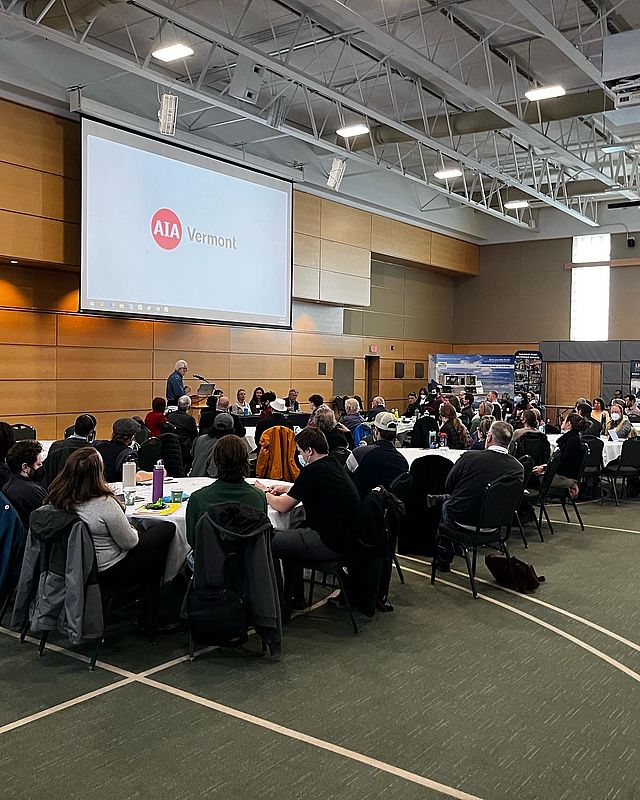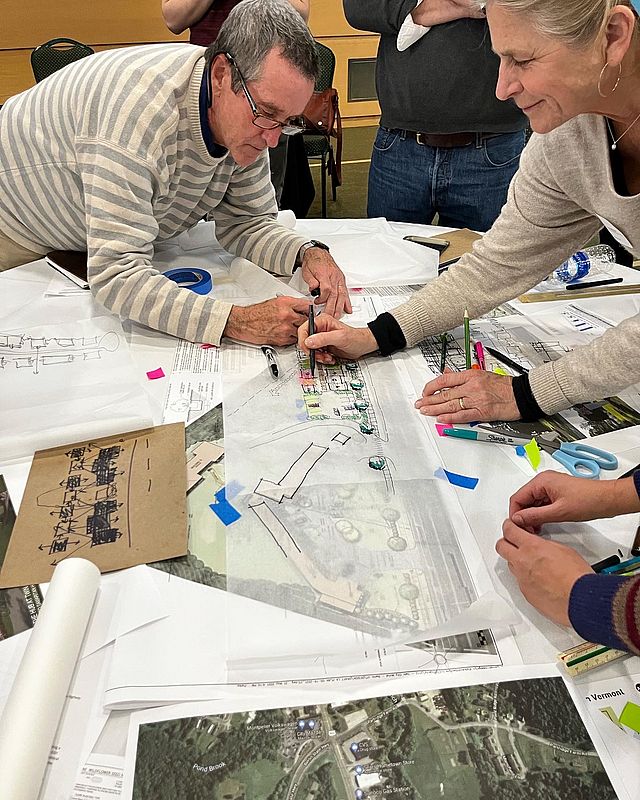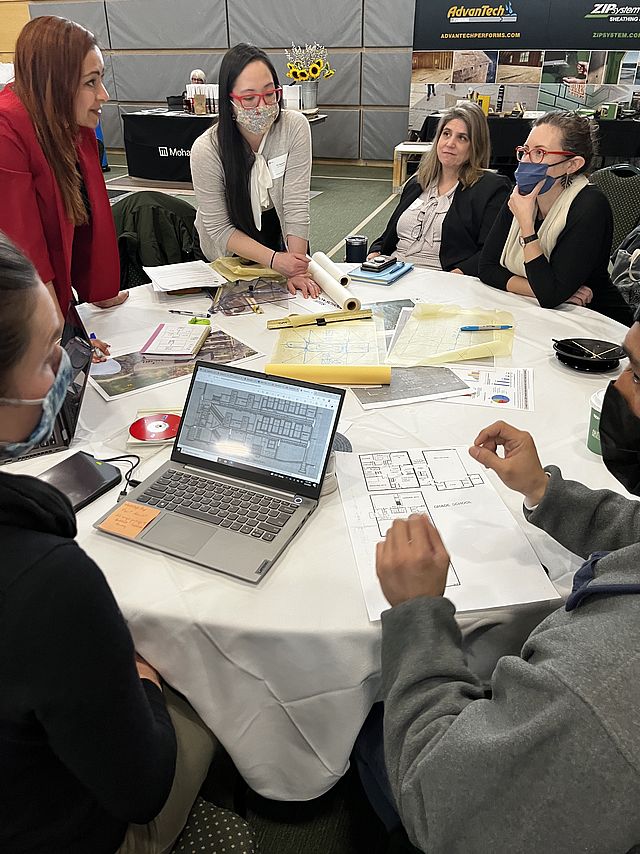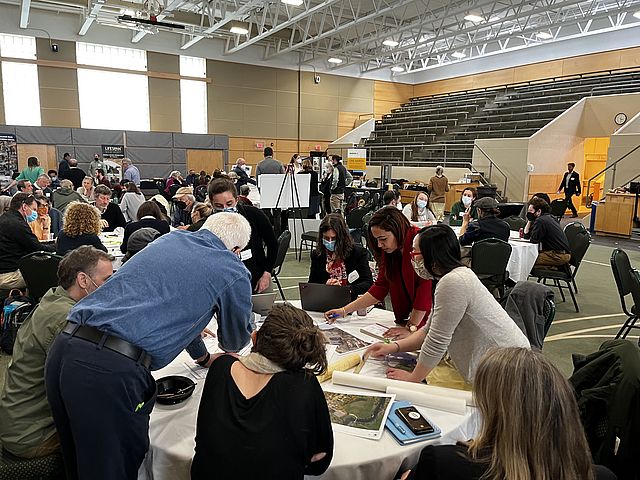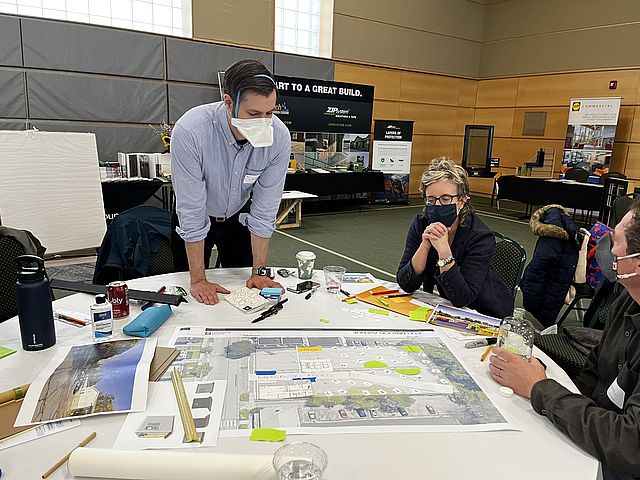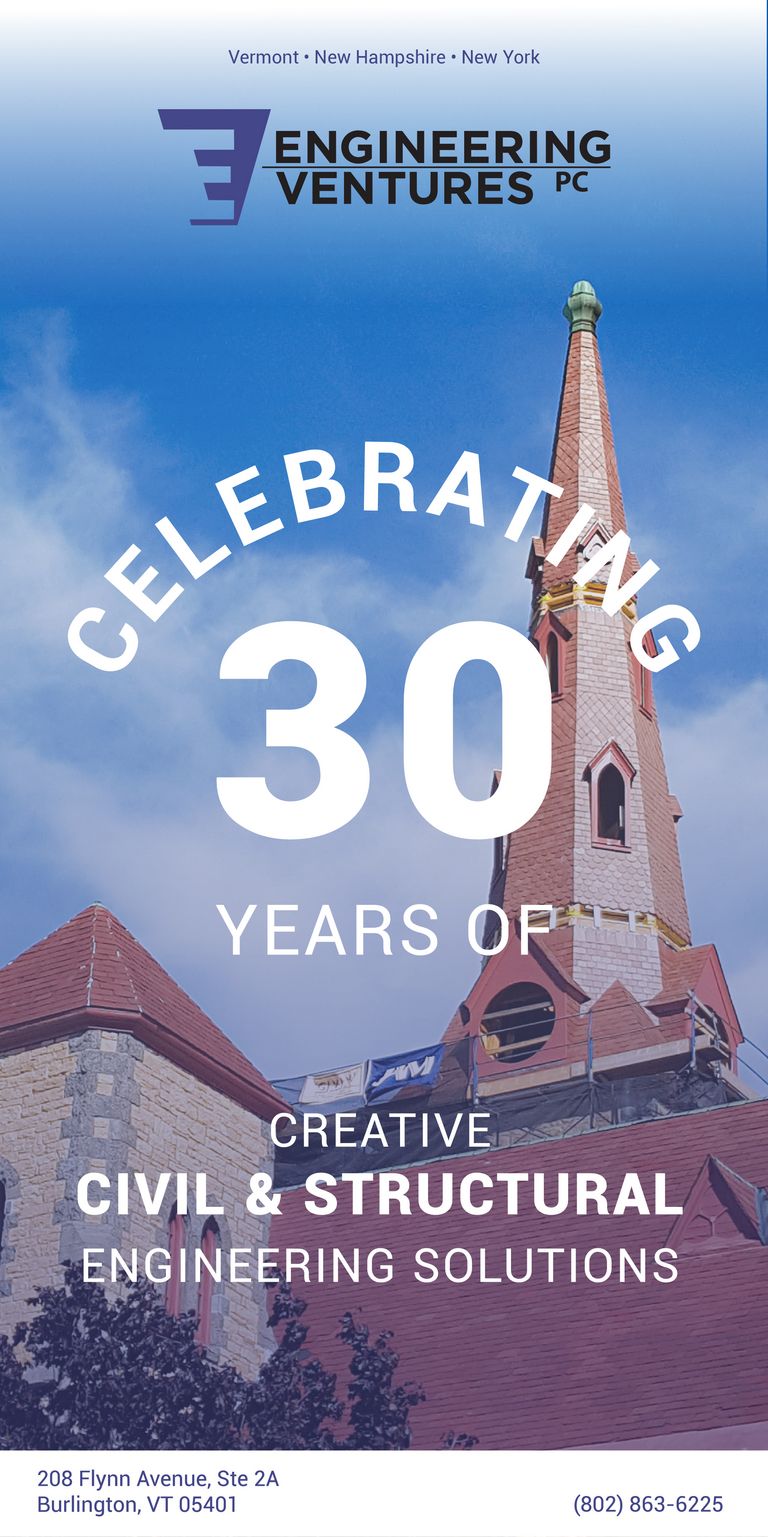AIAVT Affordable Housing Event Brings Together Architects and VT Towns
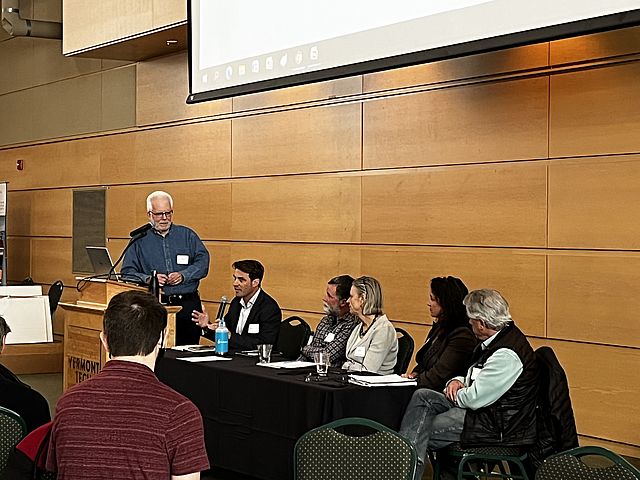
By Nathalia Ellis, AIA
There are no words to describe the excitement in the room on March 25th when AIAVT's Affordable Housing Charrette took place at Vermont Technical College. This was the largest AIAVT event since the beginning of COVID. The event was sold-out, there was a waiting list, and there was a room packed with architects and people with a wide variety of expertise, all willing to give their time to discuss the current housing crisis in Vermont.
To prepare for this event, Bob Duncan and I hosted a series of coffee-calls on the lack of affordable housing, attempting to identify all the various factors that have caused this problem. At one point someone said “it’s like being in a traffic jam, where all the cars are also broken”. We also reached out to people and groups in our community that have already been working on this issue. We are very grateful to those who were willing to donate their time to talk to us.
The panel discussion was moderated by Bob Duncan of Duncan Wisniewski Architecture, who has been working on affordable housing for many years. The discussion was lively and also optimistic in spite of the ongoing and unending increases in housing prices.“We saw this tsunami coming 20 years ago” stated Maura Collins from VHFA, “but no one was listening.” Private developers, Eric Farrell and Erik Hoekstra, gave their insights into the problem and discussed the many hoops that they have to jump through to build housing that is affordable in Vermont. Kathy Beyer of Evernorth provided us with insight from a non-profit developer’s point of view, and touched on the pushback from “NIMBYs”. Commissioner Josh Hanford from the VT Department of Housing and Community Development has been working with municipalities throughout the state with the hope that with zoning and policy changes, we might see an improvement to the market coming sooner than later. In the end, the panelists called for all of us to become more active in our communities, and two action items were suggested:
1) help with the issue at a local level by being vocal in our support of new affordable housing projects
2) consider working to establish “Affordable Housing Committees/Commissions” in towns without them (only 8 VT towns do) - after all, as Maura pointed out, “most towns have Cemetery Commissions, why shouldn’t all towns have commissions dedicated to promoting affordable housing?”
After an informative and engaging panel discussion, the 85+ attendees divided up into teams and turned their focus to working on six real housing projects, including a Shelter Pod Village in the City of Burlington, a Cabot Creamery Workforce Housing Project with the Cabot Community Association in the Cabot village center, Farm Community Housing on 25 acres in Stannard, VT with the Developmental Disabilities Housing Initiative, Mad River Meadows Cottage Homes with Downstreet Housing & Community Development, the Next Step Neighborhood at the Good Samaritan Haven campus in Berlin, and development of the Historic Lyndon School Apartments in the Town of Lyndon. The two-hour charrette was carried by a high level of energy in the room and by diverse expertise that provided each project with unique solutions. Thank you to all of you that brought your project to us, and thank you to all of you who worked hard to provide your best design ideas in only two-hours.
Marla McQuiston shared the following summary of her experience representing the Developmental Disabilities Housing Initiative: “our charrette group put together several lists for developing a project that would meet the needs of residents who have service support. The first list was “Considerations for Site Criteria”, and then lists of “Site Components and Structure Components”. From those lists they did rough sketches for layout of a site and then did a final sketch with a lot of discussion about pros and cons of the site criteria and various components. All of the lists and the final discussion of pros and cons provided a lot of information and excellent questions for our group to use in the process of searching, purchasing and developing a site. We are extremely grateful for all the expertise that was generously extended and look forward to continuing some of the connections made during the charrette”.
I want to thank every single person that attended the event, as well as our sponsors, project liaisons, project representatives, panelists, volunteers, Vermont Technical College for hosting us, and Sarah O Donnell for making it all happen. It is because of all of you that we will be able to keep the momentum to help fix the housing crisis in Vermont.
If you missed the panel discussion, please watch it here, and help us spread the word about the need for housing affordability in our state as well as some of the solutions discussed by the panelists to fix this crisis.
With gratitude,
Nathalia Ellis, AIA
AIAVT Board Secretary

